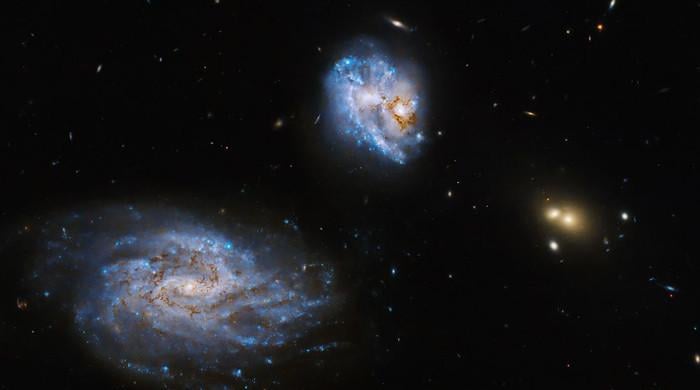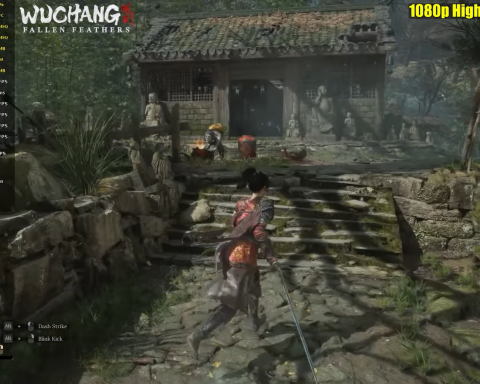Astronomers from Durham University in the UK discovered old galaxies using a powerful James Webb Space Telescope which led them to challenge their pre-existing notions.
The study, published in the journal Monthly Notices of the Royal Astronomical Society, noted that the galaxies that came into being just a few billion years after the Big Bang grew faster than earlier believed.
The researchers noted in their study the structures called "star bars".
According to Space.com, star bars are described as elongated areas where the celestial object is dense similar to the centre of spiral galaxies. During their emergence, they push gas at the centre of the galaxy influencing the formation of a star.
The findings of such bars suggest that a galaxy has passed the birth phase.
In a statement, a team leader at the Durham University, Zoe Le Conte said: "Galaxies in the early universe are maturing much faster than we thought. This is a real surprise because you would expect the universe at that stage to be very turbulent, with lots of collisions between galaxies and a lot of gas that hasn't yet transformed into stars."
However, he said, thanks to the "James Webb Telescope, we are seeing a lot of these bars much earlier in the life of the universe, which means that galaxies were at a more settled stage in their evolution than previously thought. This means we will have to adjust our views on early galaxy evolution".
The powerful telescope allowed scientists to see billions of years ago in the history of space more than Hubble Space Telescope, with experts hoping to find more by further research.








